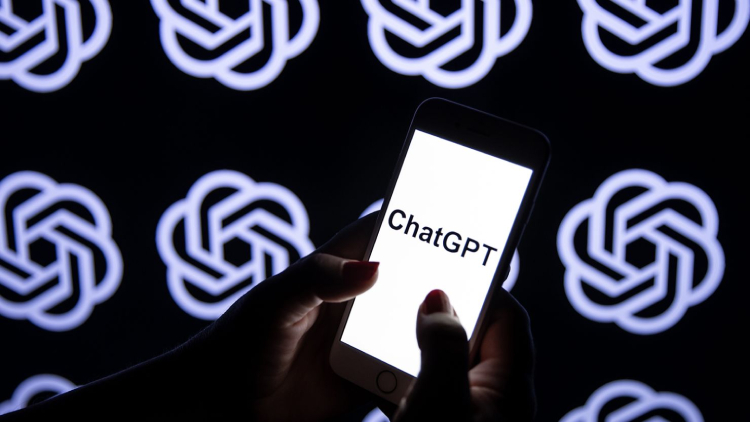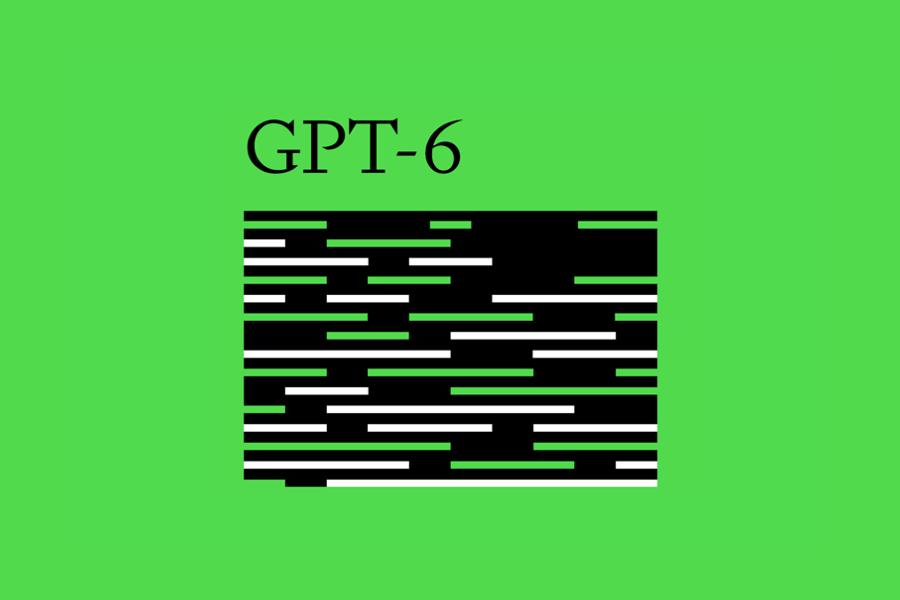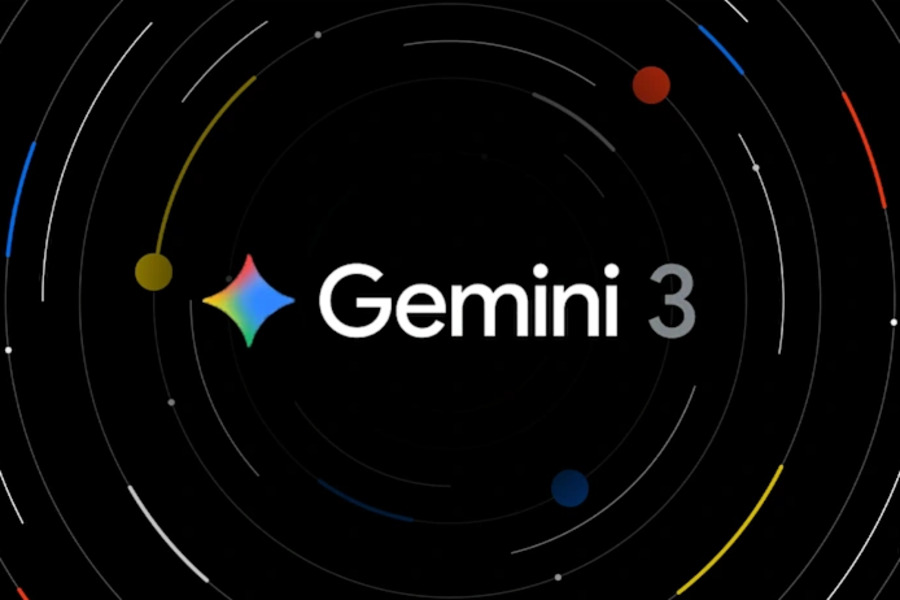GPT-6 Release is officially on the horizon. Following the launch of GPT-5, OpenAI received a large volume of user feedback, with some users dissatisfied with the model’s performance. CEO Sam Altman publicly admitted, “We screwed up.” In response, OpenAI quickly adjusted its strategy, shifting its R&D focus to the next-generation large language model. According to internal sources, the development cycle for the GPT-6 release is expected to be shorter than the two and a half years between GPT-4 and GPT-5, generating widespread anticipation across the AI industry.
GPT-6 Brings Strategic Upgrades
Unlike previous releases that emphasized technical metrics, OpenAI’s R&D for GPT-6 is focusing more on its product capabilities. The team aims to upgrade AI from a simple chat tool to an intelligent agent system, allowing users to enjoy personalized services over the long term. Altman once stated, “GPT-6 won’t just be for chatting; it will become a reliable assistant in your daily life and work.” This transformation means the GPT-6 release is not merely a model update but an upgrade to the entire AI service model.

Expected Core Features of GPT-6
The innovations in the GPT-6 Release are expected to be primarily driven by a dual-engine system combining “memory” and “agent” capabilities:
Super Memory
- GPT-6 will have long-term memory capabilities, able to recall user preferences, tone, and values. Over multiple conversations, it will gradually adapt to user habits, achieving an “understands you better the more you chat” effect, so users won’t have to repeat their needs.
Personalized Interaction
- Each user will have a unique “private AI profile,” with conversation style, recommended content, and feature preferences automatically tailored to them. This personalized design will significantly enhance the user experience, making the AI a truly understanding digital partner.
AI Agent Capabilities
- GPT-6 will go beyond traditional Q&A, capable of continuously performing tasks in specific domains, such as drafting reports, booking flights, and managing schedules. With its agent capabilities, users can delegate some daily tasks to the AI, greatly improving efficiency.
Adjustable Voice
- The new model supports voice customization, including speed and emotional tone, making responses more natural and friendly. This is a significant improvement for users who prefer to communicate with AI through voice.

GPT-6 Release Timeline Outlook
There are reports that the GPT-6 release is expected in the first half of 2026, a cycle that is noticeably shorter than its predecessor. However, the release date is still subject to GPU chip supply limitations. OpenAI’s CFO, Sarah Friar, has admitted that a shortage of computing power remains the biggest challenge.
The demand for GPUs and computing power is unprecedented. Although the company’s revenue is growing rapidly—projected to reach $12.7 billion in 2025, with July being the first month to hit $1 billion in single-month revenue—computing power expenditures are as high as $8 billion, primarily due to the high energy consumption of model training and inference.
Altman stated bluntly, “The future will require trillions of dollars of investment in data center construction.” He added, “Our bet is that demand will keep growing and training needs will continue to increase, and we’re going to be more aggressive in our spending as we go along than any company in history has been in any domain.”
Summary
Overall, GPT-6, with its “memory + agent” dual-engine model, will completely change the way AI is used. It’s not just a technological iteration but a step for AI from a one-off Q&A tool to a long-term, personalized assistant. If GPU supply can keep up, users will soon be able to experience truly customized and intelligent AI services. This GPT-6 release will reshape human-computer interaction, bringing more application scenarios and efficient solutions to tech enthusiasts and enterprise users.



